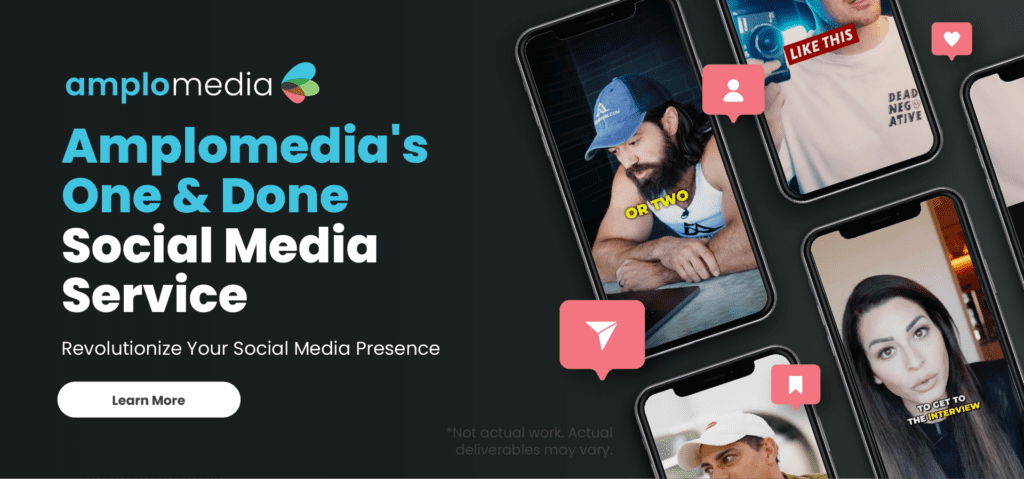Content marketing is full of advice, but not all of it is helpful—or even true. Many businesses follow outdated strategies, hoping to boost engagement and conversions, only to see little to no results. The reality is that content marketing evolves, and what worked five years ago may not work today.
If you’re still prioritizing word count over value, stuffing your content with keywords, or focusing only on social media engagement, it’s time to rethink your approach. Let’s debunk five of the biggest content marketing myths and explore what actually drives success.
Myth #1: “Longer Content Is Always Better for SEO”
Many marketers believe that writing longer content—1,500, 2,000, or even 3,000+ words—automatically improves search rankings. While longer articles can perform well, length alone doesn’t guarantee success.
The Truth: Quality matters more than word count.
Search engines prioritize relevance, readability, and engagement over sheer length. A concise, well-structured 800-word article that provides direct answers can outrank a rambling 2,500-word post that lacks focus.
What actually works:
- Match content length to search intent—some topics require in-depth analysis, while others need quick, actionable advice.
- Focus on user engagement—a shorter, well-structured article that keeps readers interested is more effective than a long, unreadable one.
- Use clear subheadings, bullet points, and visuals to make content scannable and engaging.
If a topic requires depth, go long. But if a shorter article delivers the message effectively, don’t force unnecessary words.
Myth #2: “SEO Is Just About Keywords”
Once upon a time, stuffing articles with exact-match keywords helped boost rankings. Those days are long gone.
The Truth: Search engines prioritize user experience and intent.
Google’s algorithms now focus on content relevance, readability, and engagement metrics rather than keyword frequency. If your content is packed with repetitive keywords but lacks clarity, it won’t perform well.
What actually works:
- Write for humans first, search engines second—your content should be natural, engaging, and informative.
- Optimize for user engagement—Google tracks how long visitors stay on your page. If they leave quickly, it signals low value.
- Use semantic keywords—instead of repeating the same phrase, include variations and related terms to improve discoverability.
SEO success isn’t about tricking search engines—it’s about providing value that keeps readers engaged.
Myth #3: “Social Media Engagement Equals Content Success”
Many brands measure their content’s effectiveness based on likes, shares, and comments. While social engagement is great, it doesn’t always translate into real business results.
The Truth: Engagement ≠ Conversions.
A viral post might get thousands of likes, but if it doesn’t drive website traffic, email signups, or sales, it’s not truly successful. Visibility matters, but impact matters more.
What actually works:
- Focus on metrics that drive business goals—click-through rates, lead generation, and conversion rates.
- Prioritize platforms where your audience converts—a thousand Instagram likes might be less valuable than ten targeted LinkedIn interactions.
- Create shareable content that also leads to action—social engagement is great, but it should ultimately support broader marketing objectives.
Likes and shares feel good, but real success comes from turning that engagement into meaningful interactions and conversions.
Myth #4: “You Need to Publish New Content Constantly”
Some businesses believe the key to success is pumping out content daily. While consistency matters, quality beats quantity every time.
The Truth: More content ≠ Better results.
Focusing on high-quality, evergreen content is more effective than publishing low-value articles just to stay active.
What actually works:
- Update and repurpose existing content—refreshing old blog posts with new insights can boost rankings without creating brand-new content.
- Prioritize depth and usefulness—one well-researched article per week is better than five rushed ones.
- Follow a strategic content calendar—plan your topics based on audience needs, not just frequency.
Instead of overwhelming yourself with content production, focus on making every piece valuable and relevant.
Myth #5: “Any Content Is Good Content”
Some businesses assume that posting anything is better than nothing—but that’s not true. Poorly written, irrelevant, or generic content can harm credibility and drive audiences away.
The Truth: Bad content is worse than no content.
Low-quality content dilutes your brand, lowers engagement, and damages trust with your audience. A well-informed, thoughtful blog post once a month is far more effective than a stream of mediocre articles.

What actually works:
- Align content with audience needs and business goals—every piece should serve a purpose (educate, engage, convert).
- Ensure clarity and readability—if readers struggle to understand your message, they won’t stick around.
- Maintain a consistent brand voice—content should reflect your company’s expertise and values.
Great content isn’t just about having a presence—it’s about making a lasting impact.
Focus on Strategy, Not Just Trends
Content marketing isn’t about following outdated advice or chasing the latest trend—it’s about understanding what truly drives engagement and conversions.
Instead of prioritizing word count, focus on clarity and depth. Instead of stuffing content with keywords, optimize for relevance and readability. Instead of obsessing over social engagement, track real business outcomes. And most importantly, instead of creating content for the sake of it, ensure every piece delivers value and serves a purpose.
By shifting to a strategy-backed approach, businesses can create content that actually delivers results. Want to refine your content strategy and break free from these common myths? Check out Amplomedia’s expert marketing insights for more strategies that work.
